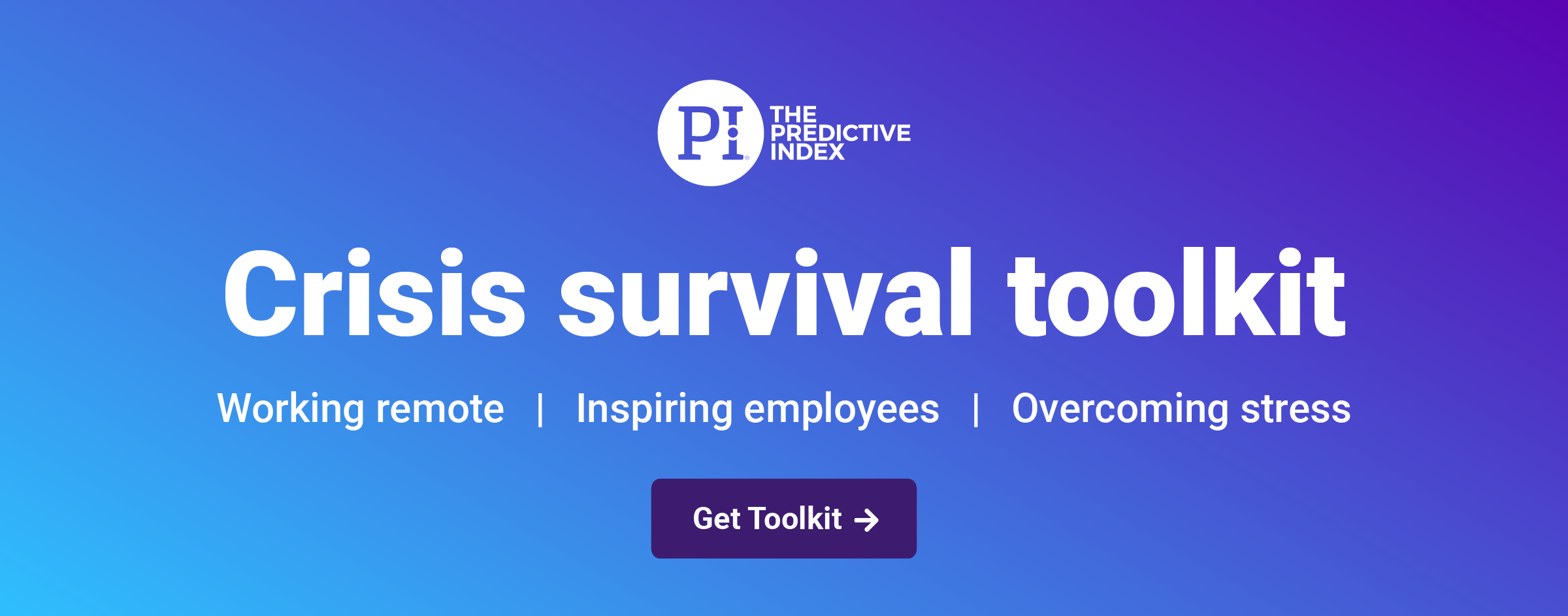A recent Gartner survey of CFOs revealed that 74% anticipate that at least 5% of previously on-site employees will continue to work remotely, even after the COVID-19 crisis has passed.
For those tasked with employee training and talent optimization, this necessitates a change in your approach and process—perhaps on a permanent basis. Talent assessment will look very different.
Here are some tips to get your training program in great shape for the shift to remote teams.
Teach and promote agility.
Before you launch a digital training program, the first step is to encourage your team to adopt an agile mindset. Acknowledge the challenges your team faces and reframe obstacles as opportunities for growth.
This requires more than simply paying lip service. For instance, you may need to adjust training deadlines to accommodate the new reality. Or, you may forgo group training in favor of on-demand training at the individual level.
The more agility you display in the delivery and timing of your training, the more likely your remote teams will be able to adjust to the new training reality.
Understand the changed learning environment.
For a team that has recently moved to remote work, adjusting can be challenging. This is especially true during the COVID-19 pandemic, as workers must balance work with their home life. Disruptions range from children and schooling to spouses who must also work remotely.
This means your workers may not have unlimited access to online training materials or a quiet workspace in which to use them. For households where parents and children share technology, your team members may not have access to a computer or workstation the entire day.
Where possible, relax deadlines for training completion. This will relieve employee stress and ensure each team member has adequate time to complete training without rushing through it.

Offer self-paced learning opportunities.
In addition to relaxing training deadlines, offer self-paced training opportunities to maximize individual team members’ odds of success.
The advantage of this approach is two-fold. First, it enables workers facing challenges to adjust their training schedules in light of potential obstacles. Second, it enables workers who are not facing specific challenges to progress at an accelerated rate. These team members can then help pick up the slack for the rest of the team, if needed.
Check in often.
Transitioning to remote work can make your team feel disconnected. As a trainer, part of your responsibility is to help anchor your team during this difficult time. Check in often via emails, phone calls, or video conferencing to personally touch base with team members.
Encourage your team to communicate with other team members and trainers. Have them share questions, observations, or suggestions for ways to improve the training process as you adapt to the new normal.
Add some interactivity.
It might be tempting to throw together a packet of PDFs and email them to your team with a quick note to read through them. But that approach isn’t likely to generate the results you need from your training program.
Instead, make your training program as interactive as possible. Engage your trainees with fillable forms and other interactive training modules. Provide videos, role-based simulations, and goal-driven scenario training sessions to keep your team engaged.
Make training fun.
The goal of your training may be serious, but that doesn’t mean it can’t be fun. To make training productive yet enjoyable, try embedding gamification elements into your training sessions.
Start by creating quizzes, games, and even characters who narrate video training sessions. Add incentives and perks on top of these training modules to keep the excitement high and your remote team engaged.
Provide seamless training, even when remote.
Employee training doesn’t stop just because of COVID-19. Follow these tips to keep your training programs on schedule, your remote employees engaged and on track, and your talent pipeline healthy.
Krishna Rajagopal is the Chief Facilitator of Great Outcomes at Narish International. He has a bachelor’s degree in economics, an MBA, and a master’s in information systems management. Krishna’s mission is to help organizations leverage their potential.









